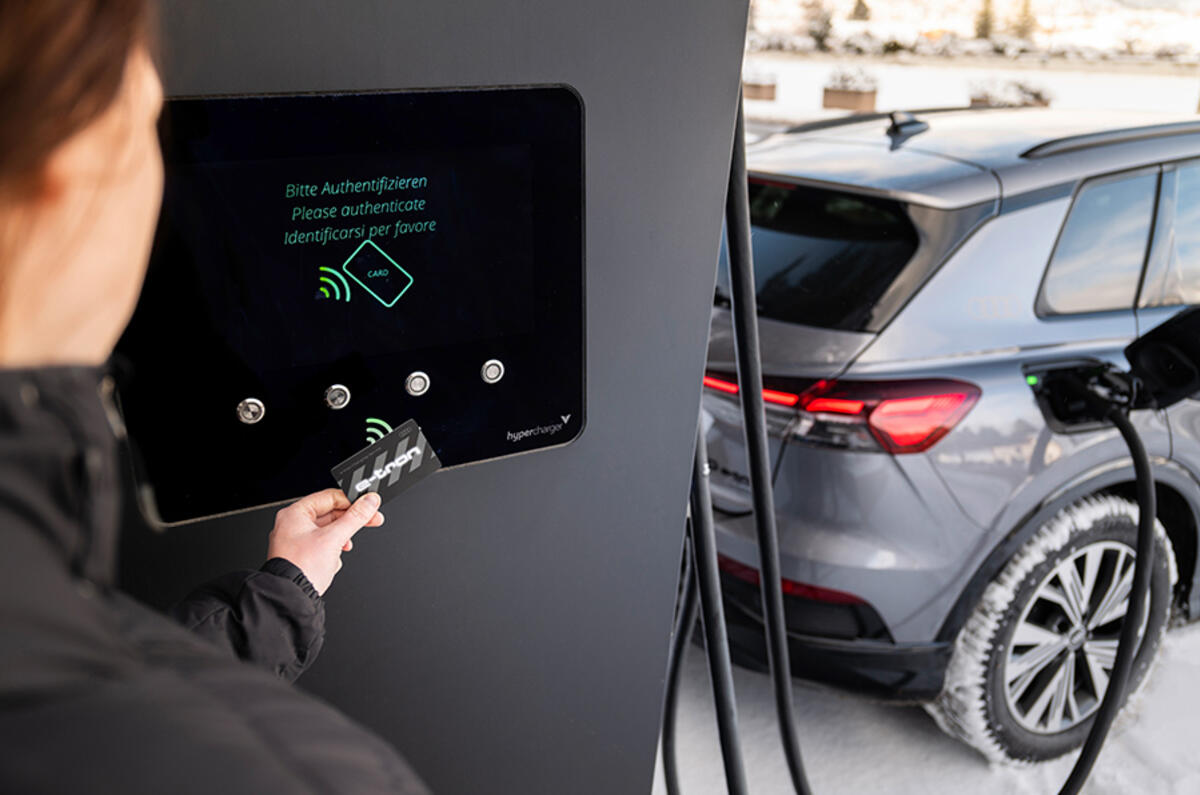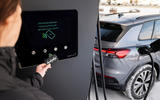When making the switch to an electric car, there’s a lot to learn about the technology that underpins them. From EV to PHEV and from amps to volts, there’s a wealth of jargon, acronyms and initialisms to get your head around.
That’s why we’ve partnered with Audi and its fast-growing line-up of all-electric e-tron models to break it all down, with a simple easy-to-understand glossary of electric car tech and terminology. We’ve also pulled together an equally comprehensive guide to all the ins and outs of electric range and recharging.
Learn more about the Audi e-tron range.

Electric car terminology
After decades of horsepower, miles per gallon (mpg) and grams per kilometre of CO2 (g/km), making the switch to an electric car means that there’s a lot of new electric terminology to get used to. So, let’s start with the basics:
Volts (V): A measure of the ‘oomph’ in your car’s electric system, which is highly relevant for charging. Traditional old-school car batteries run at 12V, but modern electric cars such as the Audi e-tron use a 400V electric system. The Audi e-tron GT takes it a step further, boasting next-gen 800V charging, which – with a 270kW ultra-rapid charger – can add around 144 miles of range in as little as 10 minutes.
AC (Alternating Current): AC is an efficient way of transmitting electricity over long distances, such as in the UK’s National Grid. Because AC is less powerful, it’s best for long, slow charging. As it’s ‘fresh off the grid’, it’s also cheaper to use. You’ll use AC when charging at home, or at public 7kW-43kW slow and fast chargers, typically using a Type 2 cable.





























